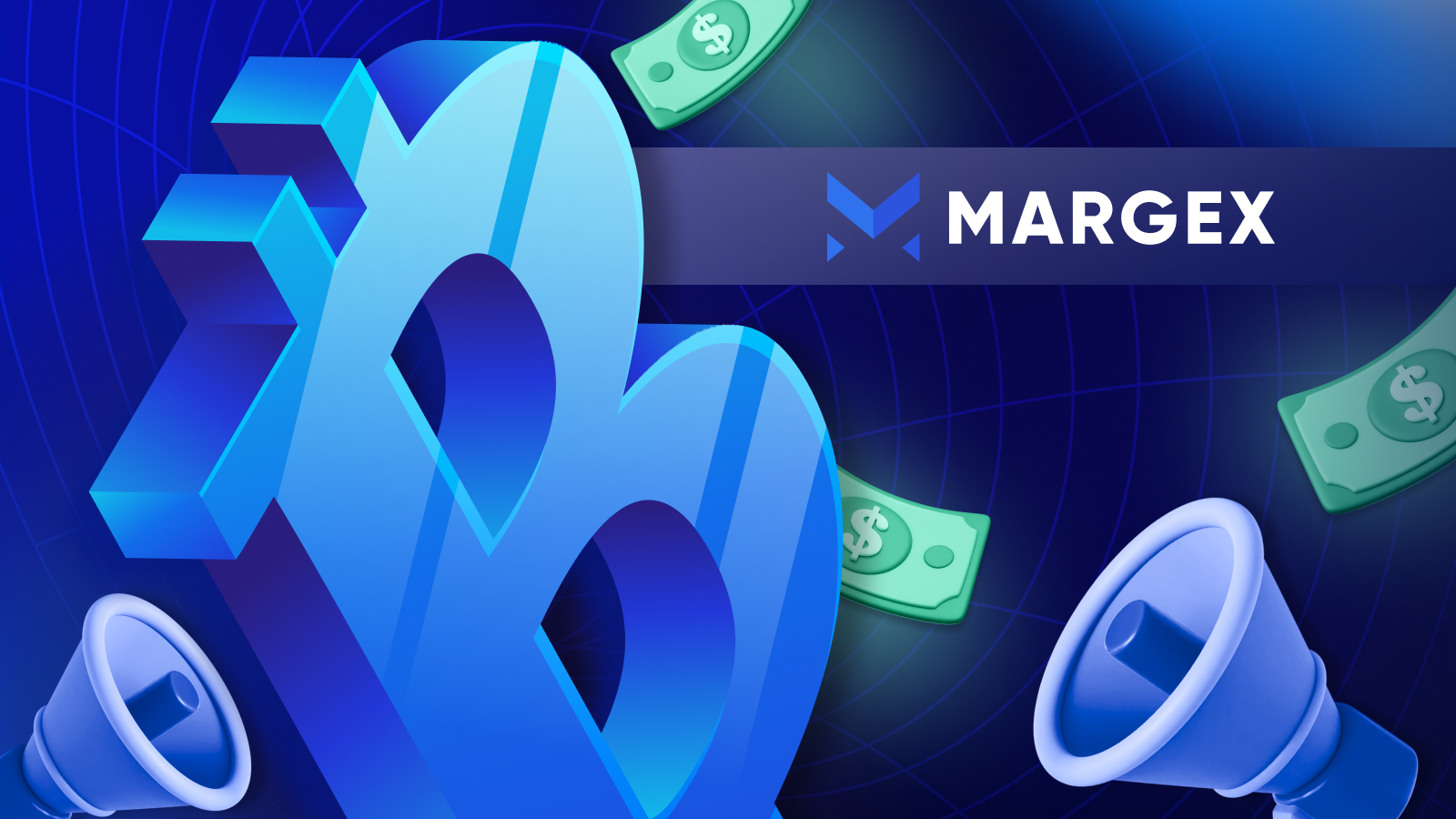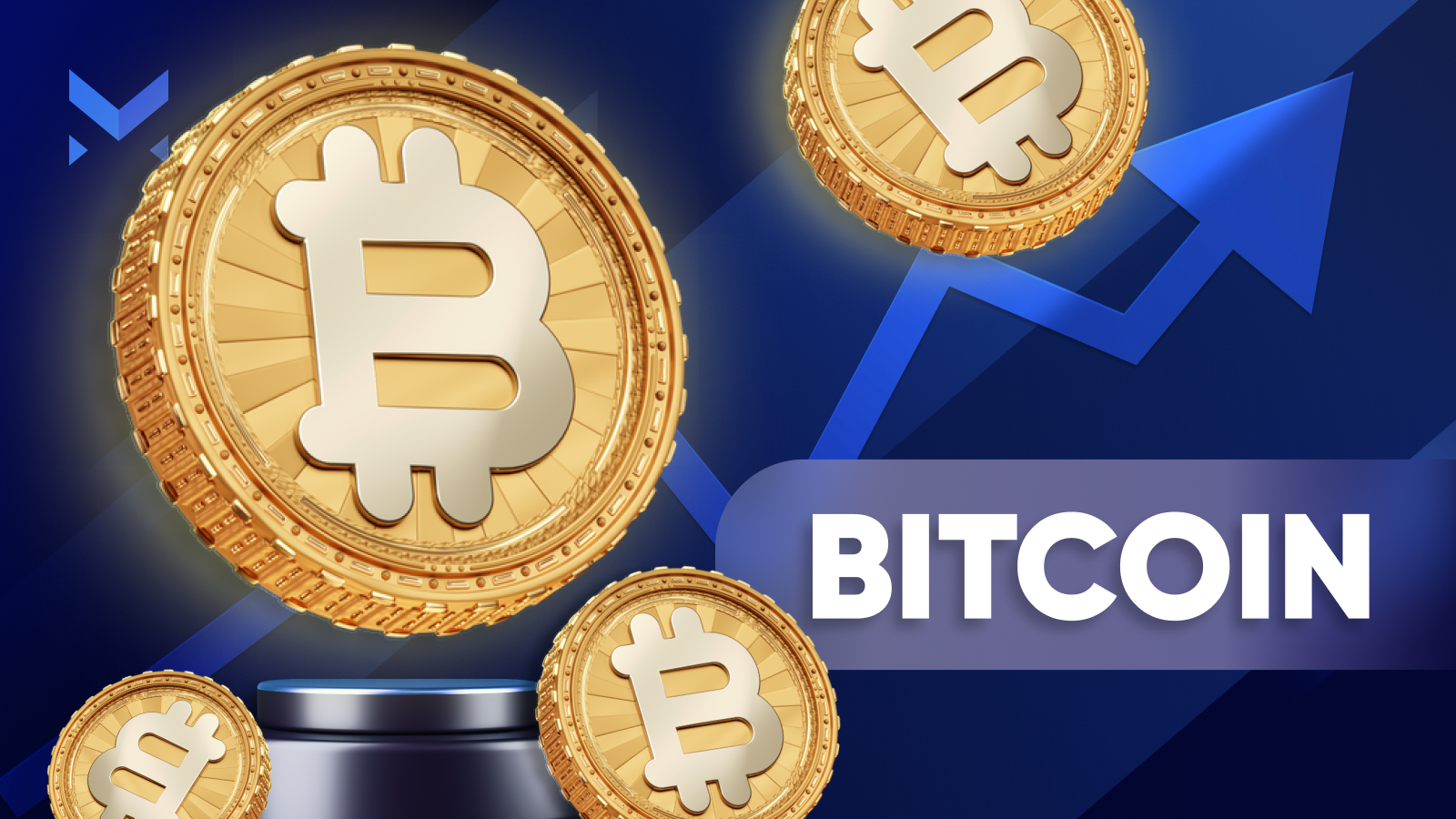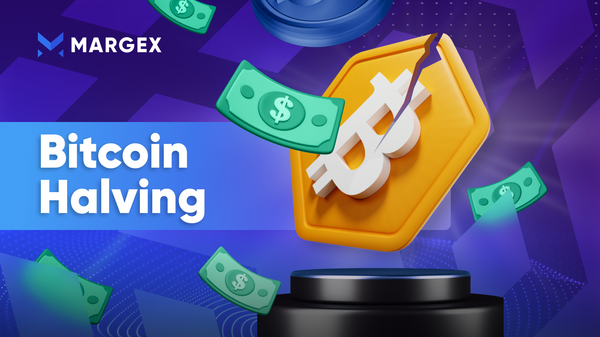Bitcoin halving (sometimes referred to as halvening) is a fundamental event for Bitcoin and other cryptocurrencies that run on the proof-of-work algorithm. A halving happens once in every four years and particularly in the case of Bitcoin it has a major impact on the asset’s price. In 2024, Bitcoin is scheduled to undertake the fourth halving since its inception in 2009.
The Bitcoin community usually looks forward to every halving and celebrates it, anticipating an upcoming price increase. A regular halving is one of the reasons why some Bitcoin maximalists believe that BTC will eventually be worth as much as one million dollars.
In this article, we will discuss how these halvings happen and why they have so far pushed Bitcoin to new price highs that would have been difficult to reach otherwise.
Satoshi’s revolutionary halving mechanism
When the anonymous cryptographer and software engineer Satoshi Nakamoto created Bitcoin in 2009, the time was after the crisis in the US mortgage market that hit the banking sector hard. Satoshi wanted to create a P2P (peer-to-peer) digital currently that would be a total opposite of US dollar and other numerous fiat currencies circulating around the world. Since fiat money can lose its value due to turmoil in the economy or thanks to quantitative easing (printing money basically), Nakamoto created the deflationary mechanism of halving.
According to his plan, once in every four years, miners would be earning twice less Bitcoin for verifying transactions on the blockchain. This gradually reduces the amount of Bitcoin in circulation, making it more scarce every four years thanks to every new halving.
In the year 2010, the Bitcoin mining difficulty was low and miners (which were very few back then, Satoshi himself was one of them) could mint 60 blocks per day, which brought them a massive 3,000 BTC daily. At today’s prices, this amount of Bitcoin equals $192,792,300. Back in 2009, this amount of crypto was worth less than $3 with the BTC price being as low as $0.00099.
The first halving took place on November 18, 2012. The second one occurred on July 9, 2016. The third one happened on May 11, 2020. The fourth halving is expected on April 19, 2024. Before the first one miners produced 50 BTC per block, then this figure was cut in half down to 25 BTC, then down to 12.5 BTC. Currently, miners are minting 6.25 BTC per block and after the fourth halving, the size of the reward will be reduced to 3.125 Bitcoin.
Satoshi Nakamoto programmed 32 halving all-in-all and with three already behind, there 29 halving events left before all 21 million Bitcoin gets mined. As of March 2024, more than 19.2 million BTC has been extracted by miners from the digital universe of BTC.

Halving’s impact on BTC price
Since every halving has been adding to the scarcity of Bitcoin as an asset, the BTC price went up after every event. After the first halving, the following year BTC exchange rate soared to $1,152 from $13 at the halving moment. When the second reward cutting event occurred in 2016, Bitcoin traded at $664. The price surge which followed that in December 2017 made history – BTC soared to $20,000 for the first time ever.
The year when the third halvening happened was a difficult one for the global economy, since this was the year of Covid-19 – 2020. Economies around the world were hit by lockdowns and governments, the US first of all, started printing money to support average households, banks and corporations. When the halving occurred, Bitcoin was going at $9,734 per coin. In 2021, Bitcoin first jumped to $63,523 in April and then skyrocketed to almost $69,000 in early November.
Of course, there were other strong factors that fueled the Bitcoin price surge after the third halving – the money printing made by the Trump administration and the Fed Reserve and Tesla’s adoption of BTC. In 2021, Elon Musk’s electro-mobile giant acquired $1.5 billion of Bitcoin to put it on its balance sheet and for a few months the company even accepted BTC as payment from customers.
Now, in 2024, the Bitcoin halving is going to make Bitcoin even more scarce. Bitcoiners call it a supply shock and it is going to meet a demand shock since spot Bitcoin exchange-traded funds (ETFs) have been consuming huge amounts of BTC per day since January when the SEC approved their launch. Currently, the ETFs are buying 12.3x BTC miners are producing per day, which is 900 BTC. In light of the demand shock already happening and the supply shock meeting it after the halving, many experts are predicting Bitcoin to skyrocket to six-digit highs this year or if not in 2024, then in 2025 for sure.



